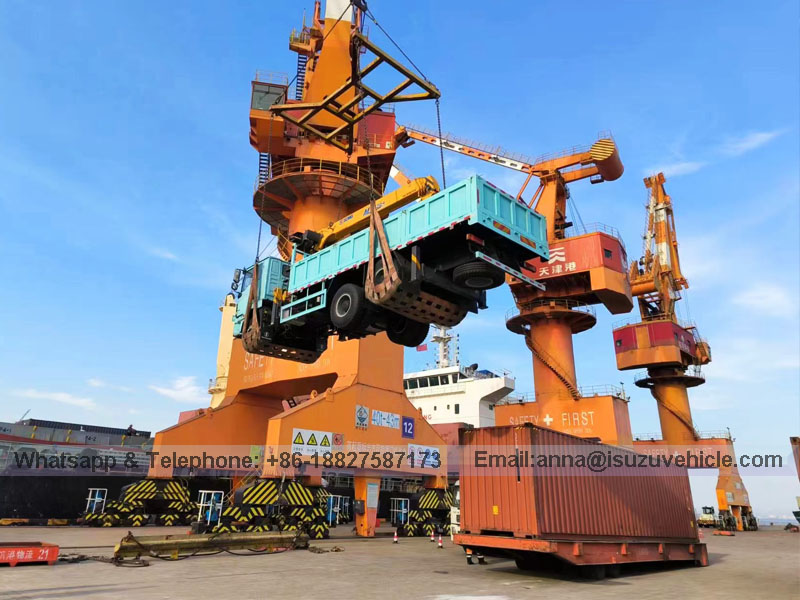Key Features:
Chassis:
Make: ISUZU
Models: Typically based on the N-Series or F-Series, depending on the size and capacity required.
Engine: Diesel-powered, known for fuel efficiency and durability.
Transmission: Manual or automatic, depending on the model.
Crane System:
Hydraulic Operation: Uses hydraulic cylinders to operate the crane's boom, allowing for precise lifting and positioning.
Boom Types: Telescopic (extends in sections) or articulating (jointed for greater flexibility).
Lifting Capacity: Varies from 1 ton to over 20 tons, depending on the crane and truck model.
Reach: Depending on the boom length, the crane can have a reach of several meters, ideal for high or distant loads.
Applications:
Construction: Lifting materials like steel beams, concrete, and other heavy components.
Utility Work: Installing poles, signs, and other infrastructure.
Logistics: Loading and unloading heavy cargo.
Maintenance: Servicing tall structures like streetlights and billboards.
Safety Features:
Outriggers: Extendable legs that stabilize the truck during crane operation.
Load Moment Indicators (LMI): Systems that monitor the crane’s load to prevent overloading.
Operator Controls: Usually includes a remote or cabin controls for precise operation.
Customization:
ISUZU crane trucks can be customized with different crane brands, bed configurations, and additional features like toolboxes, winches, and lights depending on the specific needs.
Advantages:
Durability: ISUZU trucks are known for their long lifespan and robust construction.
Efficiency: The hydraulic system allows for efficient lifting with minimal operator effort.
Versatility: Can be used in a wide range of industries and applications.
This type of truck is highly valued for its reliability, performance, and adaptability across various heavy-duty tasks.
















